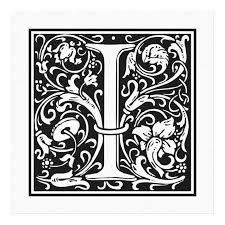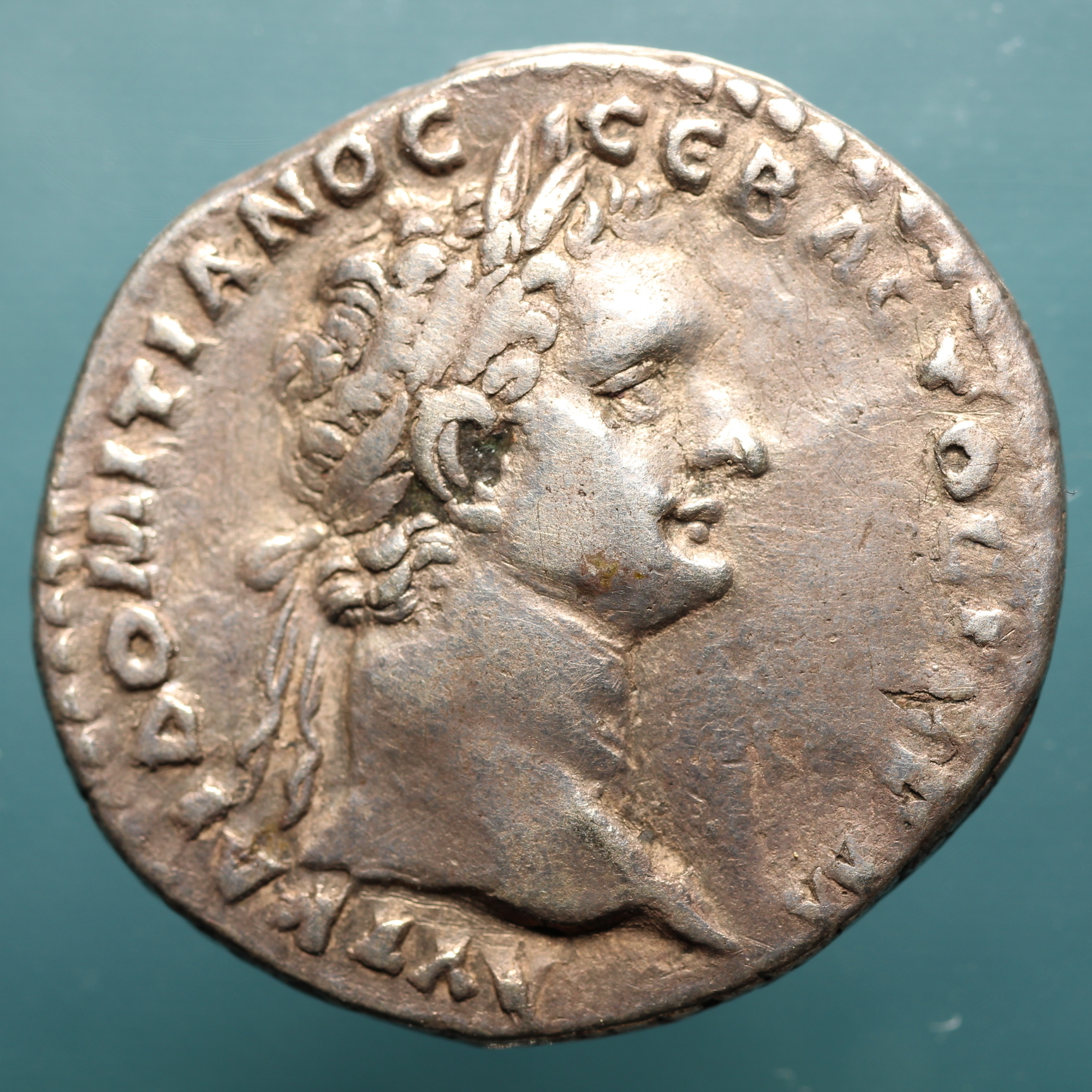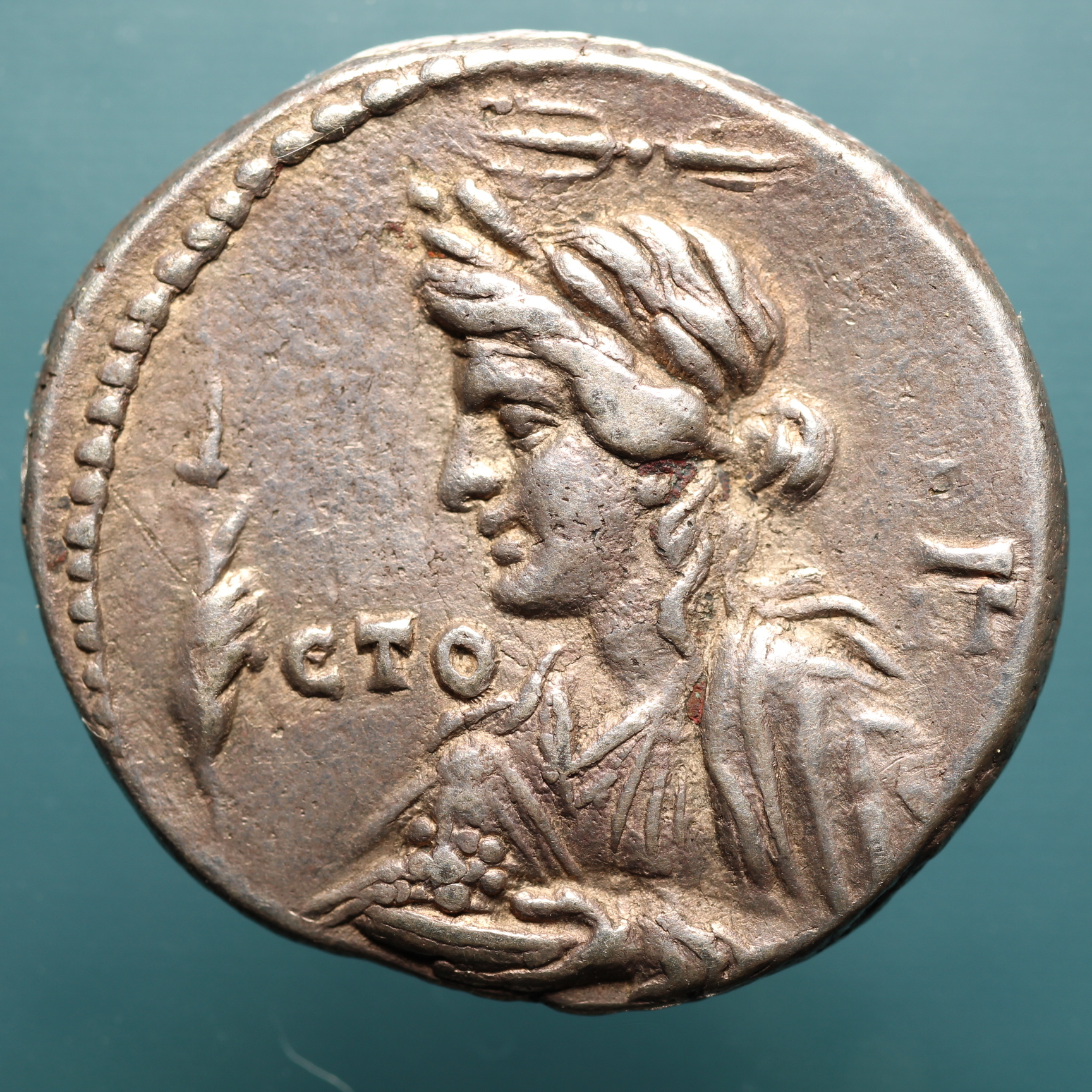 HAVE TAKEN to reading Aulus Gellius before bed. Although his articles are short and usually pretty interesting, I find his Latin stuffy and pedantic (which makes old Aulus and me kindred spirits, because I know there are plenty of people who find my English stuffy and pedantic). I happen to own the Loeb edition of Attic Nights, a three-volume set with the Latin on the left and a more or less faithful English translation on the right. Every night I start out diligently on the left-hand side but finish on the right-hand side. Somewhere along the line, no matter my good intentions, I give up on the Latin and take the easy route. Usually I can't even precisely pinpoint when it happened.
HAVE TAKEN to reading Aulus Gellius before bed. Although his articles are short and usually pretty interesting, I find his Latin stuffy and pedantic (which makes old Aulus and me kindred spirits, because I know there are plenty of people who find my English stuffy and pedantic). I happen to own the Loeb edition of Attic Nights, a three-volume set with the Latin on the left and a more or less faithful English translation on the right. Every night I start out diligently on the left-hand side but finish on the right-hand side. Somewhere along the line, no matter my good intentions, I give up on the Latin and take the easy route. Usually I can't even precisely pinpoint when it happened.
But, you know what, it's okay that I do that. I'm not harming anybody. Sometimes there's nothing wrong with taking the easy route.
Last week I went out on a limb with my Annona etymology, calling her "The Big Yearly." It was a logical deduction, it seems to me, and I believe it's correct. I would, off the top of my head, draw a parallel conclusion about the goddess Bellona, calling her "The Big Warlike." Maybe I'll write an article sometime and do just that.
Next week I plan to crawl out on another limb, identifying the Promachus Minerva reverse (M1) on Domitian's denarii as the accurate depiction of the cult statue in her Aventine temple. This directly contradicts the opinion of Wolfgang Schürmann, the recognized authority on the subject (Typologie und Bedeutung der stadtrömischen Minerva-Kultbilder, Rome, 1985). That's a pretty bold move, I think.
So this week, let me not be bold. Let me instead present a wonderful little coin, full of mystery, RPC 1667, and then abdicate all responsibility and take the easy route--


First of all, I will go ahead and point out that this coin is a celebrity coin, cited in RPC, 1667.6, and comes from Metcalf's Caesarea Conspectus, where this coin is no. 21. So there's that.
The obverse is ordinary and identifies it as part of a series of coins minted in Caesarea-Eusebia, Cappadocia, one of Rome's eastern-most provinces in what is now Turkey. There are two other examples from this series in the Hazelton coll., all dating from Domitian's regnal year 13 (94 A.D).
Who is the lady on the reverse? I don't know. There is a thunderbolt over her head. Her left hand holds a dish of produce of some sort and her floating right hand holds a distaff. Her garments seem to be distinctive. RPC misidentifies her entirely, conflating this coin with the following RPC 1668, describing both identically as a "draped bust of Apollo/Vejovis," which it obviously isn't, some sort of cut-and-paste error, I'm guessing. CNG, in their auction listing, described her simply as "female," which seems reasonable to me.
Any other day I might have looked into it and boldly identified this woman or goddess or allegorical personification, whoever she might be, but today winter is giving my town a whalloping--church is even cancelled, which it never is--and I have decided to take the easy route. So lean back and enjoy the beauty of this coin, because that's what I plan to do.
Next: the second installment of my monthly series identifying the Minerva cult statues depicted on the denarii of Domitian.

